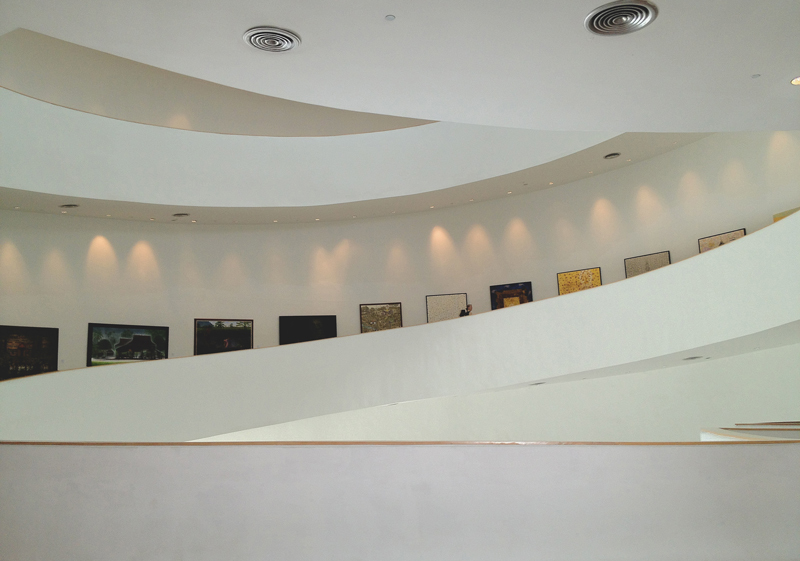Månadens Post
Consumer culture is not a Chinese word
Publicerat 2007.01.23
by Johan Persson, Hong Kong, China
Cultural differences are easy to underestimate and sometimes they create huge and costly mistakes. When Chinese companies start advancing from a pure manufacturing industry to brand builders one of the major challenges will be how to access and interpret and judge valuable knowledge about a consumer culture very different and far from their own.
The economic reform we now see booming in China started 25 years ago when The Peoples Congress selected a handful of cities to finance the modernization of the Chinese economy. For the selected cities the reform meant special taxes, approval towards international trade, possibility to use foreign investment capital and a crash course in western consumerism.
Hong Kong has since the start had courtside seats to this revolutionary change and stories from the early years of foreign trade are easy to come by. One of my personal favourites tells the story about a large American retail store placing an order for one million five-inch tall plastic Santa Clause figures at a Shenzhen manufacturing facility. When the shipment promptly arrived to the stores a couple of weeks before Christmas it is easy to imagine the surprised faces of store managers around the US when all the opened boxes revealed Santa Clause figures painted in a bright azure blue. Obviously in sharp contrast to the expected red colour we more commonly are used to see him dressed in.
When the sourcing manager in charge called up the producing factory and in fury asked how such grave mistake possibly could happened the kind but baffled answer form the factory was simply –Well Sir, we hade some blue paint left from your last order so we thought we would paint the dolls blue saving you the money of buying new red paint.
In this story the lack of understanding for the cultural context in which the product is sold maybe apparent but it also shows the value of cultural knowledge. It even highlights how easily a product can be turned into something completely useless simply by under-estimating the consumer value of a specific colour in a given context.
The trade industry still accounts for a large part of Hong Kong’s annual revenue and has a strong influence on the city’s international stature. With its long history of being the gatekeeper to main land China, Hong Kong has positioned itself to become a major source of knowledge for companies active in the surrounding Pearl River Delta. Today this area house around 70,000 companies, which produce everything from McDonald giveaways to high-end consumer electronics truly making up to its label as the worlds factory.
However, the geography of the world’s factory places production very far from the markets where the products are being sold and even further from a cognitive understanding of the value adding context in which the products are used and experienced. Knowledge about trends, consumer habits, demographics, cultural drivers or other aspects of the surrounding context is not valued as insights to new product innovations as it should.
With limited and far away access to consumer insights or an understanding of the market new ideas and innovations risk being devaluated. When ideas are generated and judged by personal views instead of being based on consumer insights the differentiation, innovation and value added thinking seldom reach further then to a low-end me-to-product.
Although the need to increase the value of production out-put is identified by a growing number of Chinese companies a more in depth understanding of a very different consumer culture is desperately needed. With a quick glance at how the margins of profit for the manufacturing industry has decline for the passed years one come to the conclusion that this region will be forced to reinvent it self. They need to start adding value by controlling more of the company’s external resources.
In the book Strategic Brands Management by K. L. Keller, Prof. Ted Levitt from Harvard University describes how the focus needs to be zoomed in on the external effect of the company in order to add more value, thus raising the potential of higher margins and differentiation and in the end competition.
“The new competition is not between what companies produce in their factories but between what they add to their factory output in form of packaging, service, advertising, delivery arrangements and other things people value.”
Even Kotler himself notes that competition within many markets essentially take place at the products argumentation level because most companies can successfully manufacture products at the expected product level.
What needs to be addressed in order to add the above-mentioned value is what kind of tools and methods one should use to find, obtain and implement that value.
- Where to look for the ideas
- What to create from the ideas
- How to implement the ideas in to feasible products or services.
When the companies located in the Pearl River Delta start advancing from a pure manufacturing industry to brand builders one of the major challenges will be how to access and gain valuable knowledge about a consumer culture very different and far from their own. In the effort to evolve and add value to a product, service and brands an in depth understanding of the market is one of the key factors for the success.
Design and branding is undisputedly known as a catalysts for consumer driven innovation but few executives can see the distinction between the styling process and innovation based on consumer generated insights.
This means that the value adding industry need to start educating executives in the conscious of value added thinking- not because branding and design is cool, fun and magical, but simply because the knowledge really create innovation opportunities and can drive value into the business.
The author Johan Persson is the managing director of Hong Kong based Sweden Design Ltd. The company opened up for operation in 2005 and have an ambition to offer Scandinavian design to the Asian market. www.swedendesign-hk.com
Johan also is a frequent lecturer in design management in several leading design educations both in Sweden (Konstfack) and in Hong Kong (HK Polytechnic University).


